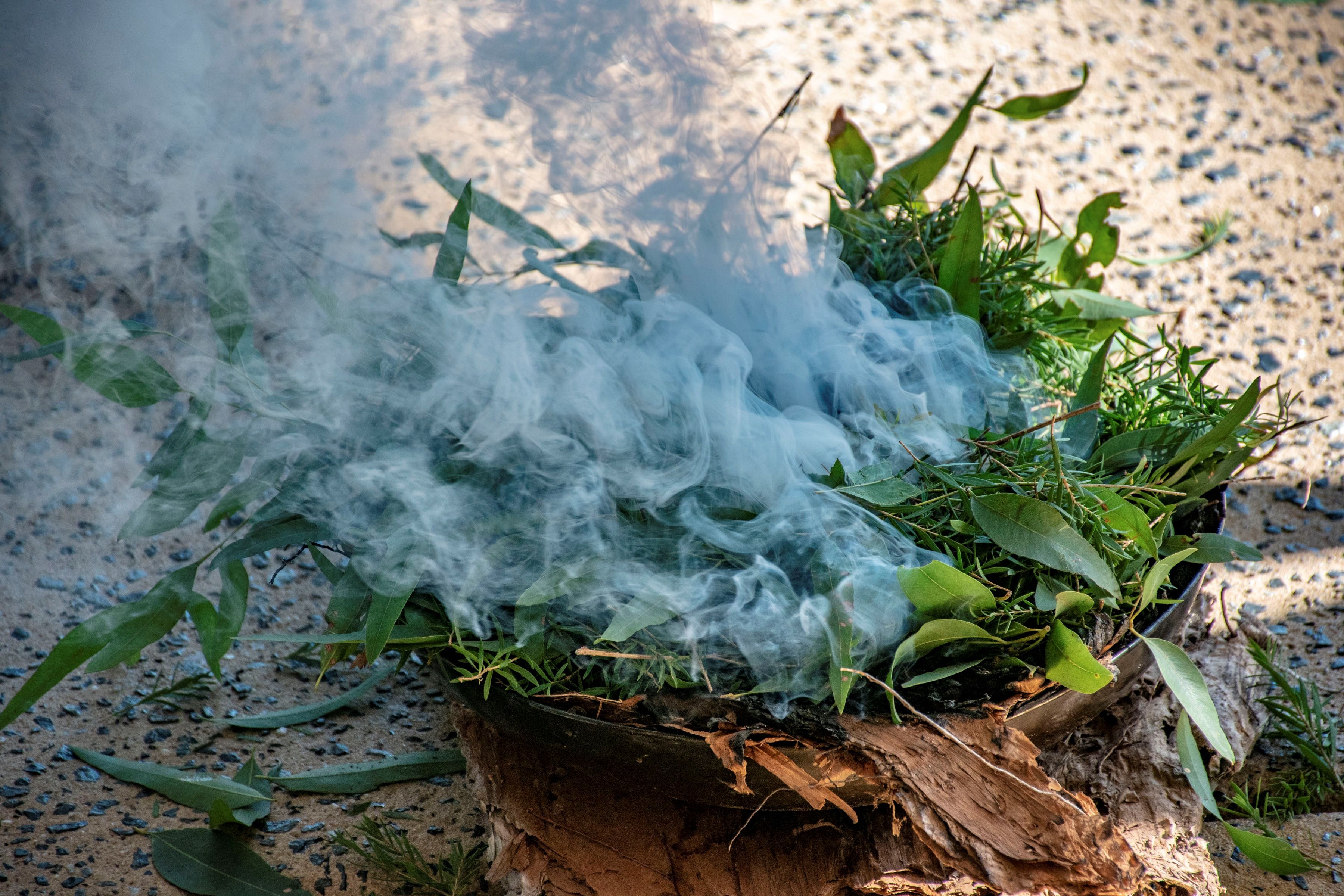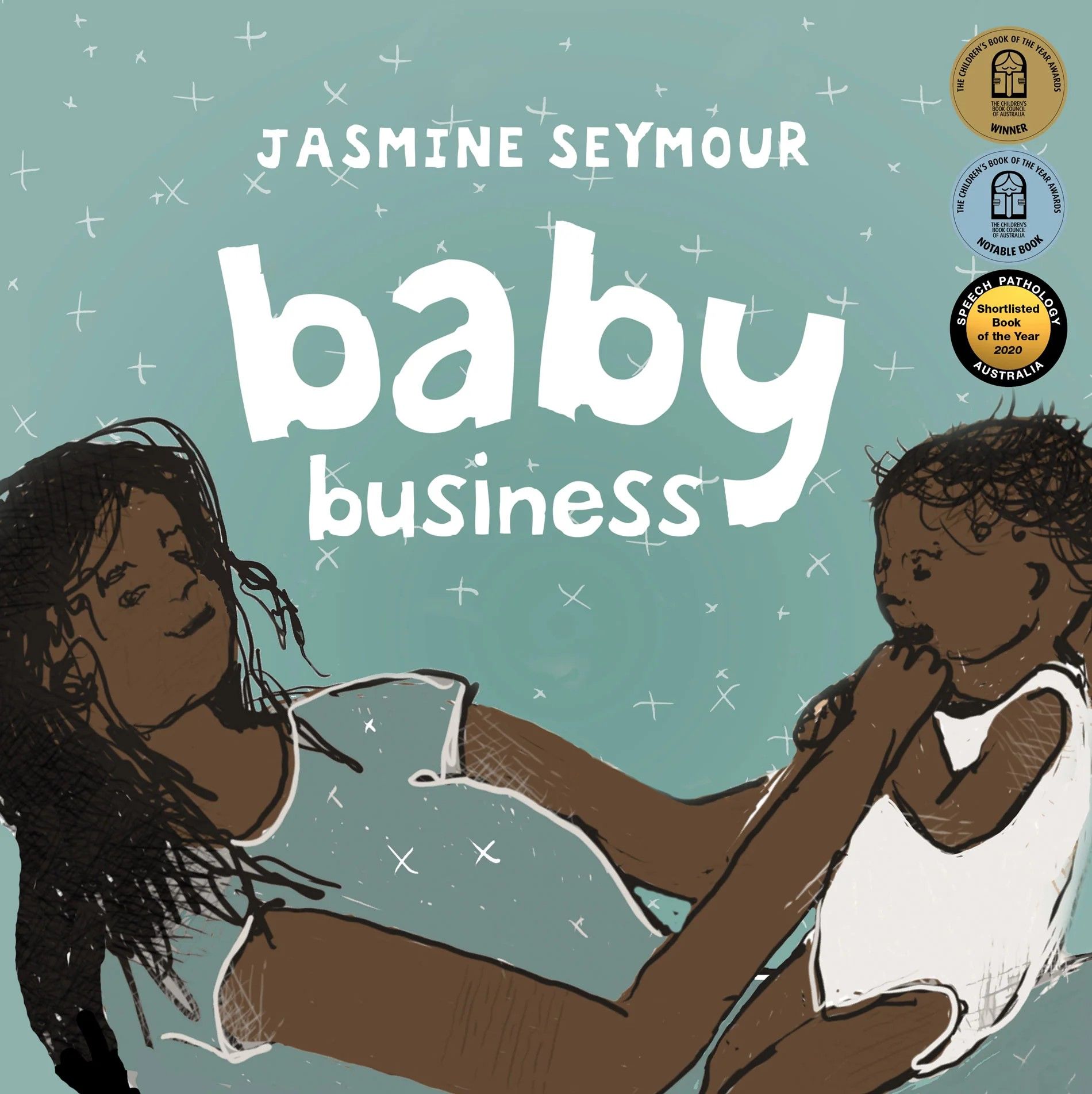Home/Curriculum resources/Understanding Smoking Ceremonies/Activity 2: Exploring Smoking Ceremonies
Learning Areas:
Humanities and Social Sciences, English
Year levels:
Level 3, Level 4

Activity 2: Exploring Smoking Ceremonies
This activity is a part of the Understanding Smoking Ceremonies resource.
Flames and smoke from bark vessel and leaves used in traditional Australian Aboriginal smoking ceremony, Australia. Photographer: PDerrett. Source: Getty Images. Used under licence.

Activity 2: Exploring Smoking Ceremonies
Focus: Learn about the types of Indigenous Smoking Ceremonies, the purpose and features.
Possible overarching question: What are smoking ceremonies, and why are they significant in some Aboriginal cultures?
Step by step guide
Step 1: Connecting to students’ prior learning
Step 2: Shared text and discussion
Step 3: Exploration of smoking ceremonies
Step 4: Reflection and sharing
Required Resources:
Teacher Support Material
Picture Story Book "Baby Business" by Jasmine Seymour
Picture Strory Book "Ceremony" by Adam Goodes & Ellie Laing; illustrations by David Hardy
Clips
Clip: Smoking Ceremonies – National Museum of Australia Ngunnawal man Adrian Brown
Clip: Smoking Ceremony & Welcome to Country – City of Canning Elder Marie Taylor
Website: Deadly Stories Smoking Ceremonies
Discussion Question Card
Smoking Ceremonies Research Text
Student Research Cards
Research template

Step 1: Connecting to students’ prior learning
Refer back to the book Ceremony and the See, Think, Wonder students undertook in the previous activity. You may also like to reference any images, clips or books that students explored. Let students know if any of their wonderings will be explored in this lesson.
Step 2: Shared text and discussion
Read "Baby Business" by Jasmine Seymour; illustrations by David Hardy. Start with a discussion about smoking ceremonies, outlining they have different purposes, elements (performed, materials used), and significance (intentions behind the ceremony) within some Aboriginal cultures. Let students know that this text is going to explore a particular smoking ceremony. Facilitate a discussion with your students about this text. The Teacher Support Material provides further guidance.

Baby Business Jasmine Seymour. Magabala Books. © Jasmine Seymour. Used with permission.
Step 3: Exploration of smoking ceremonies
Let students know that they are going to learn more about smoking ceremonies by engaging in-depth with a text (materials provided). The Teacher Support Material outlines possible options for student exploration. Here are several clips, websites, and picture books that can be explored (please ensure you have reviewed these resources before sharing them with your students):
Clips
Smoking ceremony – City of Canada Bay Brendan Kieran Metropolitan Local Aboriginal Land Council Redfern
Smoking Ceremonies – National Museum of Australia Ngunnawal man Adrian Brown demonstrates a smoking ceremony and explains the cultural significance of the smoking and plants he uses
Smoking Ceremony at Hanging Rock – Macedon Ranges Shire Council Jaara Elder Uncle Rick Nelson of Dja Dja Wurrung explains some of the cultural foundations for this special ceremony at magnificent Hanging Rock
Smoking Ceremony & Welcome to Country – City of Canning Elder Marie Taylor performs a Welcome to Country and explains why smoking ceremonies are important to Noongar people
Website
Student friendly text explaining Smoking Ceremonies from Deadly Stories
Picture Books
Some students could spend time revisiting the following picture books:
"Baby Business" by Jasmine Seymour.
"Ceremony" by Adam Goodes & Ellie Laing; illustrations by David Hardy.
Question Prompts
Possible question prompts to support student engagement:
What type of smoking ceremony is performed?
What plants have been used in the ceremony? Note down the reason for the selection of these plants if mentioned.
What other materials are used for the smoking ceremony?
What are the reasons why the smoking ceremonies are performed?
Step 4: Reflection and sharing
Facilitate a reporting back session where you record each group’s thinking into a summarised anchor chart, online application, etc. To capture the types of smoking ceremonies, the materials used and the reasons for the ceremonies.
Come back to the overarching question “What are smoking ceremonies, and why are they significant in some Aboriginal cultures?” and ask students if there is anything that needs to be added, changed, etc. Also, if any student wonderings have been addressed discuss this with students.
Further investigation: You may like to spend time undertaking a more in-depth investigation of the different materials used for smoking ceremonies across the country. This could be added to your living wall display from the Land module, Learning about Country/Place, previously undertaken using the AIATSIS Map of Indigenous Australia.

Related activities within this resources:

Activity 1: Introduction to Smoking Ceremonies
This activity aims to introduce students to the concept of Indigenous smoking ceremonies and their significance in some Aboriginal cultures. Through engaging in discussions, shared readings, and a See, Think, Wonder routine, students will connect their prior learning about Country/Place with new understandings of the role and importance of smoking ceremonies. This activity encourages students to observe, reflect, and inquire, fostering a deeper appreciation of the multifaceted relationship between Indigenous Peoples and their land.

Activity 3: Welcome to Country and Acknowledgement of Country
Building on Activity 2, where students deepened their understanding of smoking ceremonies, this activity aims to introduce students to the concepts of Welcome to Country and Acknowledgement of Country. Through discussions, shared readings, and exploration of various examples, students will connect their prior knowledge with new insights about these important cultural practices. Additionally, students will have the opportunity to create their own Acknowledgement of Country, making it relevant to their local context and personal connections to the land.